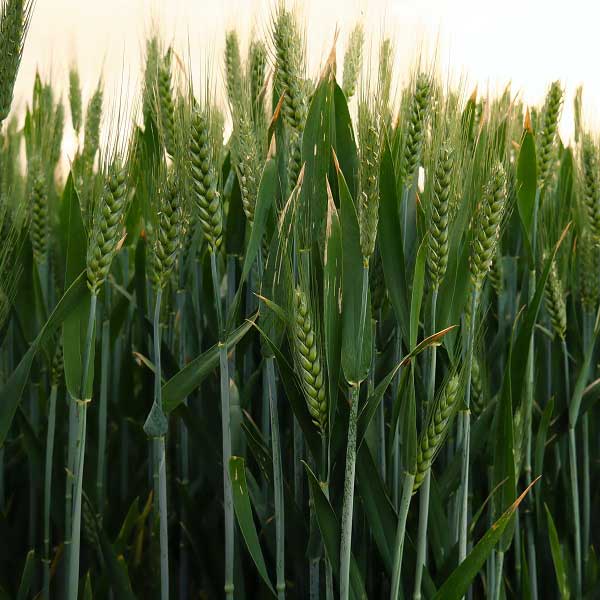Wheat originates from the Levant region and the Middle East. It was created by selecting wild grasses that produced seeds with certain characteristics. Throughout history, this cereal has spread throughout the world as a primary source for the production of flour and alcohol, and more recently, biofuel. Today, wheat makes up about a quarter of all arable land on the planet. We can say there are three major wheat groups. Hexaploid species are common wheat and spelt. Tetraploid species are durum wheat, emmer wheat and Khorasan wheat (antique species). A diploid species is single-grain wheat. When choosing a variety, we recommend those that are high-quality, high-yielding, and resistant to weather conditions and lodging. This cereal requires deep, moderately moist, acidic soil rich in humus. It is very sensitive to soil quality in terms of yield and is best suited for black soil and alluvial soils without groundwater. Concerning the sowing time, wheat can be winter (autumn sowing) and spring (spring sowing). The variety choice also depends on sowing time, as well as on resistance to cold and heat, the amount of moisture, and other climatic conditions. The humidity of the ground is essential. Adequate amounts of precipitation, as well as proper irrigation during the period of tillering and grading directly affect the quantity and quality of the yield.





